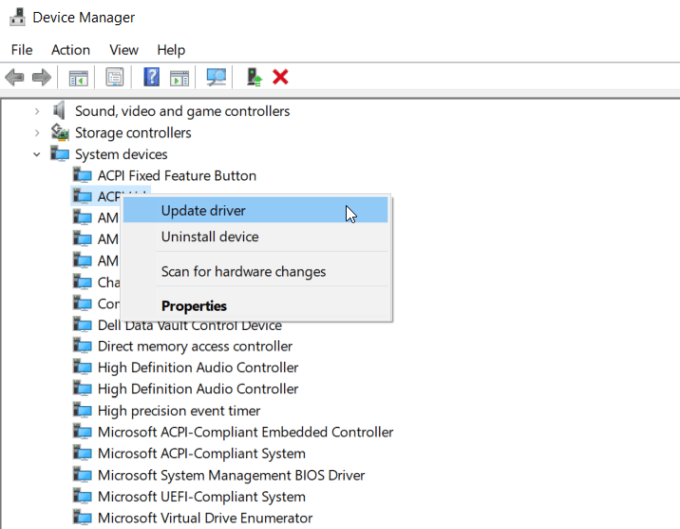Windows 10 updates provide the latest features and security improvements to help keep your PC more current and more secure. Before the installation process starts, Windows checks to make sure there’s enough storage space on your device for the installation process and for these new features and security improvements.
Inevitably, it will take up much ram storage and has your computer got slower and slower. Now, you need to free up RAM in Windows 10. To get started, free download a Windows 10 RAM optimizer -Windows Care Genius. Also it can be fully compatible with Samsung, Lenovo, Dell, Sony, HP and Acer running Windows 10/8.1/8/7/XP. Then install and launch. It means your RAM is full and you have to remove data from it or manage it. Let us start how you can easily speed up your PC by cleaning your RAM from Windows PC. Clean Windows PC RAM and Speed up Performance. There are many ways for clearing your Windows PC RAM, here we are suggesting you some of the best ways. 1.End unnecessary running programmes. Apr 21, 2020 We've taken a look at several ways to free up RAM on Windows 10. Ultimately, adding more physical RAM to your machine is the best solution for RAM-related issues. Walking through the above steps will help you decide if this is necessary, though. With all this talk of RAM, don't forget that other PC components are important too. If you can't find Storage Sense on your device using the following steps, see the 'Free up space with Disk Cleanup' section below instead. To delete temporary files with Storage Sense. Select Start Settings System Storage. Open Storage settings. Select Temporary files in the storage breakdown. If your Windows 10 device is running low on storage, here are a few ways to free up some drive space. Delete files with Storage sense. Open the Start menu and select Settings System Storage. Open Storage settings. Turn on Storage sense to have Windows delete unneccesary files automatically. To delete unnecessary files manually, select Change how we free up space automatically.
If there isn’t enough open space on your internal drive, you’ll see a message (like the one below) that tells you Windows requires more space.
Windows needs space to update
We can't install the latest Windows 10 features and security improvements on your PC due to low disk space.
Get more space with external storage

You can temporarily gain extra space by using an external storage device like a USB drive, an SD card, or an external hard drive.
Ram Cleaner Pc Windows 10
Here’s what you’ll need:

Ram Freer For Windows 10
An external storage device with 10GB or more of free space, depending on how much additional space you need.
An internet connection.
Here's how to do it:
Select Start >Settings > Update & Security .
From the Windows update page, select Fix issues. This launches the Windows update tool that lets you update your PC using an external storage device.
Before you use an external storage device for updating, make sure you back up any important files.
Connect your external storage device and select it from the drop-down menu.
Select Next and follow the instructions to finish installing the update.
Once the installation is complete, you can safely remove your external storage device.
Even after selecting external storage, if you don't have enough free space on your internal drive, you might be prompted to free up more space.
If you don't want to use external storage, select I don't want to use external storage.

Free up space on your device
Here’s how to get more storage space on your device’s internal hard drive:
How To Free Up Ram On Windows 10 Reddit
Open your Recycle Bin and remove deleted files.
Open your Downloads and delete any files you don’t need.
Note: if you don't know how to find your Recycle Bin or your Downloads, search for them in the search box on your taskbar.
If you still need more space, Open your Storage Use.
This will open Settings > System > Storage.
Select Temporary Files and delete any files you don’t need.
Return to Windows needs space to update.
Select Refresh.
If you still see Windows needs space to update, repeat the process or consider deleting unneeded files from other folders. Alternatively, consider moving some files to external storage if you haven't already.
When finished, select Start > Power > Restart.
Related info

Comments are closed.